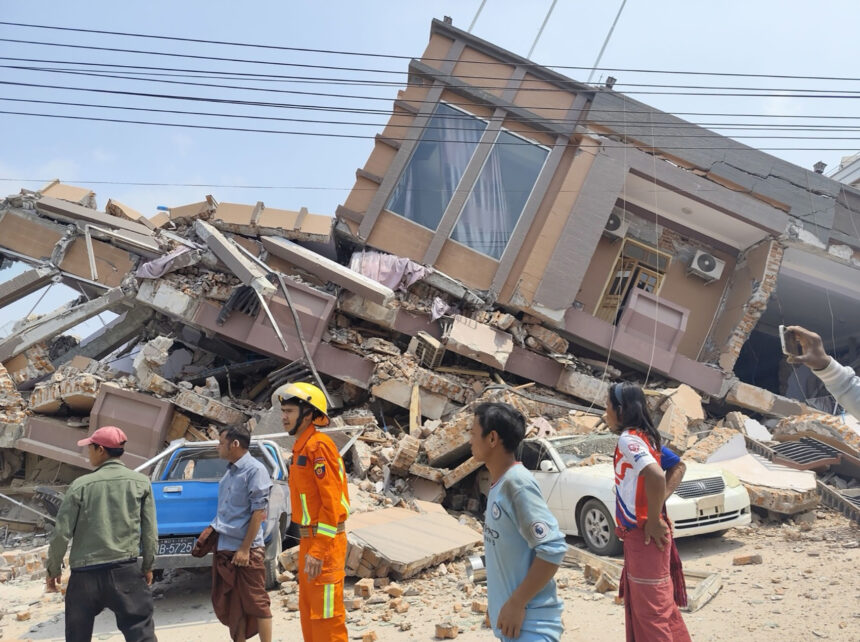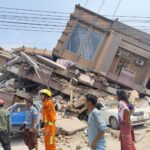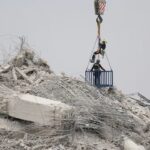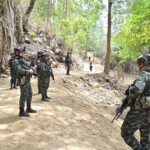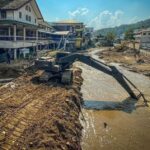Authorities in Myanmar have confirmed that over 140 people lost their lives following a powerful 7.7 magnitude earthquake on Friday. The tremors were felt in neighbouring countries, including Thailand, Laos, and China.
The hardest-hit area was Mandalay, Myanmar’s second-largest city, located close to the quake’s epicentre. The earthquake, which struck around midday, was followed by a strong aftershock and several smaller ones.
In Amarapura, a township in Mandalay, a rescue worker reported retrieving 30 bodies from collapsed apartment buildings. “Our town is unrecognizable, with about a fifth of the buildings destroyed,” he said.
Limited resources and equipment have made rescue efforts challenging, but workers remain determined to continue.
Myanmar’s military leader, General Min Aung Hlaing, stated that the death toll is expected to rise and appealed for aid from other nations. In the U.S., President Donald Trump announced plans to provide assistance, expressing that “we’re going to be helping.”
In Bangkok, Thailand, at least nine fatalities were reported, with rescuers searching through the rubble of a collapsed tower. The city experienced widespread panic, with residents fleeing buildings as the quake shook the area.
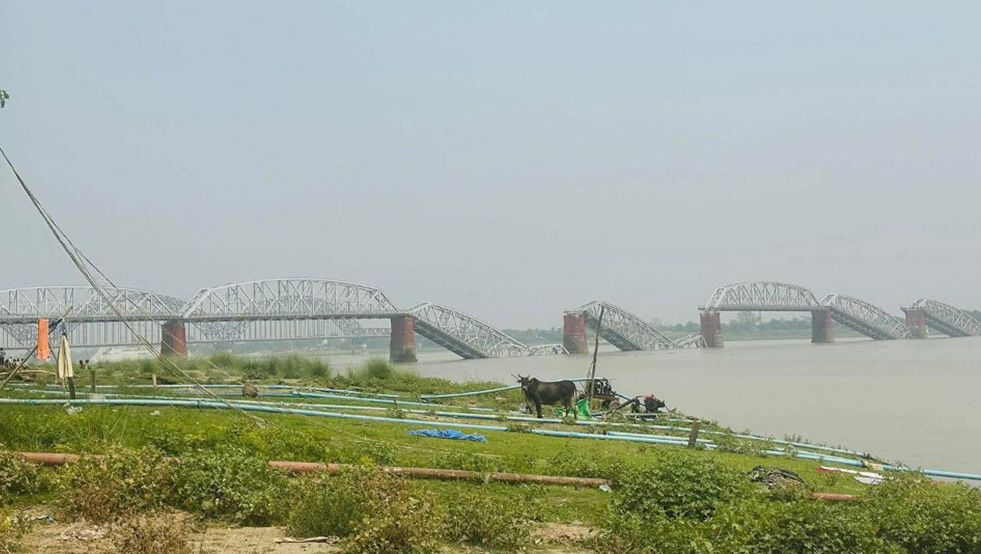
Myanmar Roads and Building Damaged
Mandalay, home to about 1.5 million people and a centre of Buddhist culture, saw extensive devastation. Rescue teams tried to reach monks trapped in the rubble of the Phaya Taung Monastery.
Structures like bridges, roads, and buildings were severely damaged, leaving parts of the city in chaos. State media reported 144 deaths and 732 injuries across the country.
The disaster comes amid ongoing conflict in Myanmar, where the military junta is battling insurgents. This instability is expected to complicate relief efforts. One resident in Mandalay described watching a five-storey building collapse and said, “No one dares to go back inside.”
In Pyinmana, near the capital Naypyidaw, a rescue worker reported retrieving 60 bodies from monasteries and buildings. Damage was also reported in Naypyidaw itself, including to a large hospital, while roads cracked severely.
The opposition National Unity Government announced that anti-junta militias, known as the People’s Defence Forces, would assist with humanitarian efforts. A U.S. analysis warned of potentially thousands of deaths and significant economic losses, with Sagaing and Meiktila among the worst-affected regions.
Reuters reported widespread destruction across five towns and cities, including the collapse of a railway bridge and sections of the Yangon-Mandalay Expressway. Images showed the Ava Bridge, a key crossing over the Irrawaddy River, severely damaged.
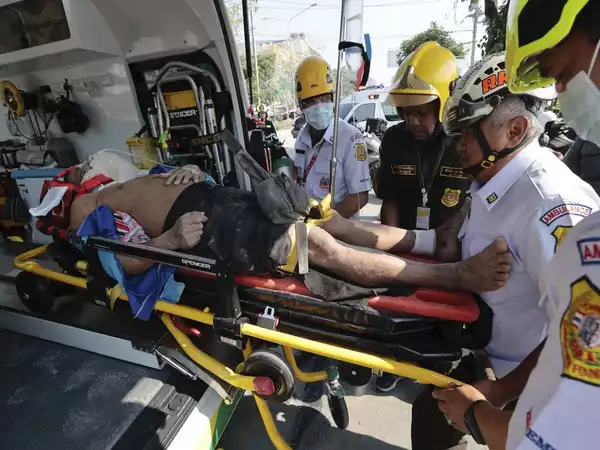
Myanmar Humanitarian Challenges
In Mandalay, fires broke out in some neighbourhoods, and residents reported disruptions to power, phone lines, and road access. Witnesses in Taungoo said three people died when part of a mosque collapsed during prayers.
Elsewhere, in Shan state, a hotel in Aung Ban collapsed, leaving two dead and 20 trapped, according to local reports. Amnesty International noted that the disaster hit at a time when Myanmar already faced humanitarian challenges, including widespread displacement and reduced international aid.
The military junta, which took power in 2021, has struggled to govern amid economic collapse and an armed resistance. Over three million people are displaced, and a significant portion of the population requires aid. Myanmar’s location on tectonic plate boundaries makes it highly prone to earthquakes, but the government has been unable to respond effectively to recent disasters.
In Bangkok, residents ran to the streets in panic, including hotel guests in swimwear as water spilled from a rooftop pool. The collapse of a building in the Thai capital left eight dead, with over 100 people still missing, according to officials.
As Myanmar faces this devastating crisis, the combination of natural disaster, political unrest, and limited resources has left the country in an increasingly dire situation.
Related News:
Health Concerns Raised Over the Kok River Due to Mining in Myanmar

Geoff Thomas is an award winning journalist known for his sharp insights and no-nonsense reporting style. Over the years he has worked for Reuters and the Canadian Press covering everything from political scandals to human interest stories. He brings a clear and direct approach to his work.




